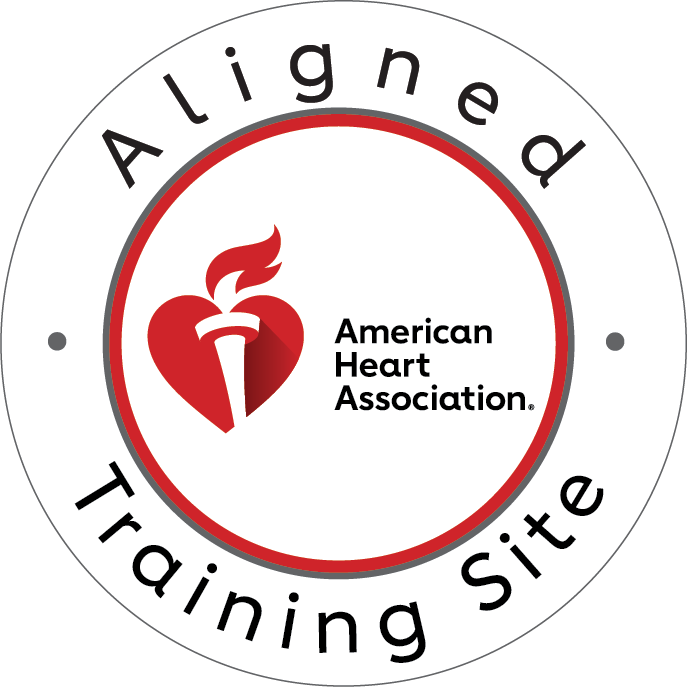Understanding CPR and AED Training in BLS Programs
Basic Life Support (BLS) training represents a critical foundation for healthcare professionals and emergency responders. Within these comprehensive programs, CPR and AED training form the cornerstone of life-saving interventions. However, many people wonder about the relationship between these components and how they work together to create effective emergency response skills.CPR and AED training in BLS classes provides participants with essential knowledge and hands-on experience needed to respond confidently during cardiac emergencies. These integrated training modules ensure that learners understand not only individual techniques but also how to seamlessly combine interventions for maximum patient outcomes.
Is CPR and AED the Same as BLS?
While CPR and AED training are fundamental components of BLS certification, they are not identical to the complete BLS program. Basic Life Support encompasses a broader scope of emergency interventions that extend beyond cardiac arrest scenarios.
BLS training includes CPR and AED skills as core elements, but it also covers additional critical areas. Furthermore, BLS certification addresses airway management techniques, rescue breathing methods, and team-based resuscitation approaches.
Additionally, BLS programs emphasize recognition of cardiac arrest, proper patient assessment, and effective communication during emergencies. The comprehensive nature of BLS means that participants receive CPR and AED training alongside other life-support techniques. Consequently, BLS certification demonstrates proficiency in multiple emergency response skills, making it more extensive than standalone CPR or AED training programs. Healthcare providers particularly benefit from this integrated approach because real-world emergencies often require multiple interventions. Therefore, BLS training ensures that professionals can deliver coordinated, effective care rather than relying on isolated skills.
What is the Difference Between CPR and AED Training?
CPR and AED training in BLS classes addresses different but complementary aspects of cardiac emergency response. Understanding these distinctions helps participants appreciate how both skills work together to save lives.
CPR Training Components
Cardiopulmonary Resuscitation (CPR) training focuses on manual techniques for maintaining blood circulation and oxygenation. Participants learn proper chest compression techniques, including correct hand placement, compression depth, and rhythm maintenance. Moreover, CPR training covers rescue breathing methods and the critical timing between compressions and ventilations.CPR skills require physical stamina and muscle memory development. Therefore, BLS classes emphasize repetitive practice to ensure participants can perform high-quality compressions even under stress. Additionally, CPR training includes recognition of effective chest compressions and adjustment techniques when compressions prove inadequate.
AED Training Elements
Automated External Defibrillator (AED) training teaches participants how to use electronic devices that analyze heart rhythms and deliver corrective shocks when necessary. AED training in BLS programs covers device operation, electrode placement, and safety protocols during defibrillation attempts. Unlike CPR, AED use relies primarily on following device prompts and ensuring proper safety measures. However, AED training still requires hands-on practice to develop confidence and efficiency. Furthermore, participants learn when AED use is appropriate and how to coordinate defibrillation with ongoing CPR efforts.
Integration in Emergency Response
The most significant difference lies in how these skills complement each other during actual emergencies. CPR provides immediate intervention while AED devices analyze heart rhythms. Subsequently, responders alternate between CPR cycles and AED analysis/shock delivery as needed. Effective emergency response requires seamless transitions between CPR and AED use. Therefore, BLS training emphasizes coordination between team members performing different roles simultaneously. This integrated approach maximizes survival chances by maintaining continuous life support interventions.
Benefits of Combined CPR and AED Training in BLS
Training programs that integrate CPR and AED skills within BLS frameworks provide numerous advantages over separate certification courses. This comprehensive approach ensures participants develop well-rounded emergency response capabilities.
Enhanced Skill Retention
Combined training improves long-term skill retention because participants practice related techniques together. When learners understand how CPR and AED training complement each other, they develop stronger mental connections between different emergency interventions. Consequently, this integrated learning approach leads to better skill recall during actual emergencies.
Realistic Scenario Practice
BLS classes incorporating both CPR and AED training allow for realistic emergency simulations. Participants practice switching between interventions based on patient responses and device feedback. These scenarios closely mirror real-world situations where responders must adapt their approach based on changing circumstances.
Cost-Effective Certification
Obtaining CPR and AED training through BLS certification proves more economical than pursuing separate credentials. Healthcare professionals particularly benefit from this efficiency since many employers require BLS certification regardless of individual CPR or AED qualifications.
Professional Development Advantages
Healthcare providers with comprehensive BLS certification demonstrate broader competency to employers and colleagues. This certification indicates proficiency in multiple emergency interventions rather than limited skill sets. Therefore, BLS certification often provides better career advancement opportunities within healthcare settings.
Choosing Quality CPR and AED Training in BLS Programs
Selecting appropriate training programs requires careful consideration of several factors. Quality BLS courses ensure participants receive thorough CPR and AED training that meets professional standards and regulatory requirements.
Accreditation and Recognition
Reputable training organizations maintain accreditation from recognized professional bodies. American Heart Association certification, for example, ensures that CPR and AED training in BLS programs meets established medical guidelines. This accreditation provides confidence that training content remains current with best practices.
Hands-On Learning Opportunities
Effective BLS training emphasizes practical skill development through extensive hands-on practice. Participants should have ample opportunities to practice CPR techniques on mannequins and operate various AED models. Additionally, quality programs provide individualized feedback to help learners refine their techniques.
Stress-Free Learning Environment
The best training programs create supportive environments that encourage learning without unnecessary pressure. Stress-free BLS classes help participants focus on skill development rather than worrying about performance evaluation. This approach leads to better learning outcomes and increased confidence in emergencies.
Take Action: Get Certified Today
Don’t wait until an emergency occurs to develop these life-saving skills. Professional CPR and AED training in BLS classes provides the knowledge and confidence needed to respond effectively when lives are at stake. For comprehensive CPR certification in Louisville and BLS certification in Louisville, choose CPR Louisville.
As an American Heart Association training site, CPR Louisville offers initial certifications and renewals in BLS for Healthcare Providers, ACLS, PALS, and CPR and First Aid courses. All classes feature stress-free, hands-on learning experiences designed to build confidence and competence. Contact CPR Louisville today to schedule your BLS training and join the ranks of certified life-savers in your community. Your commitment to learning these essential skills could make the difference between life and death in critical moments.





